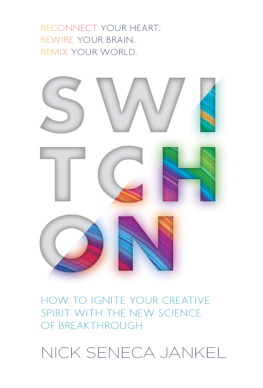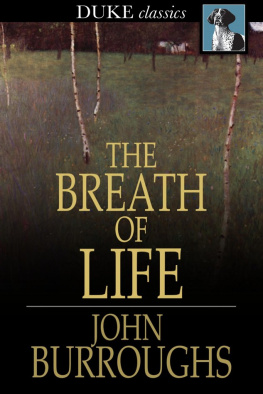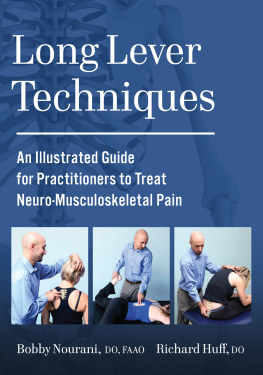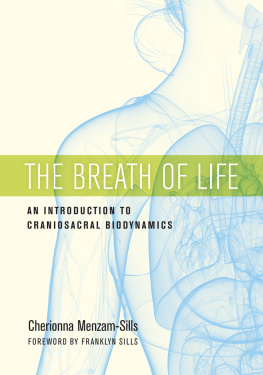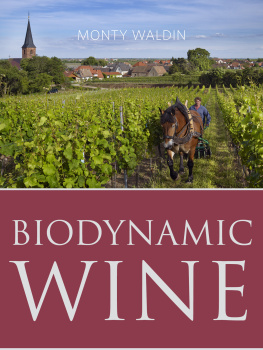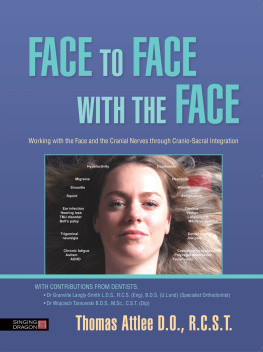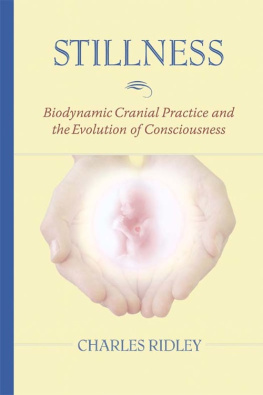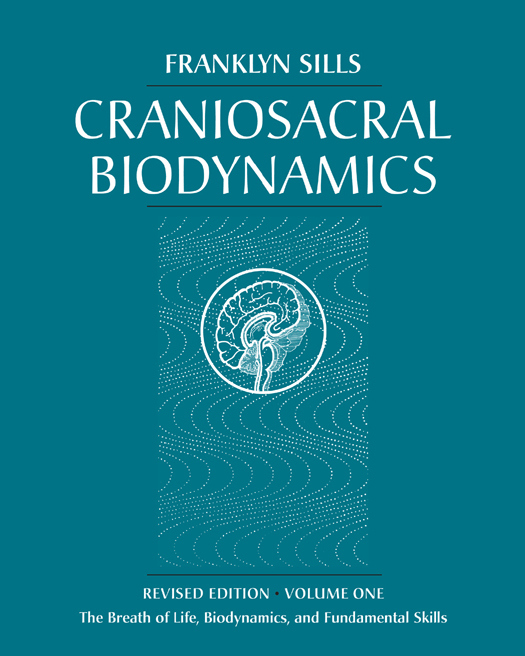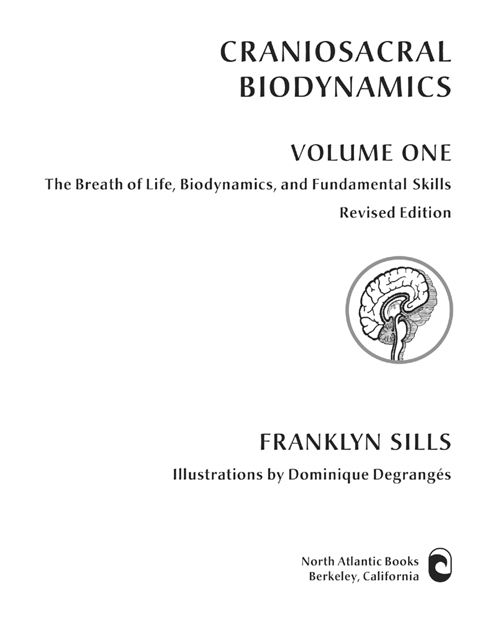Copyright 2001 by Franklyn Sills. All rights reserved. No portion of this book, except for brief review, may be reproduced, stored in a retrieval system, or transmitted in any form or by any meanselectronic, mechanical, photocopying, recording, or otherwisewithout the written permission of the publisher. For information contact North Atlantic Books.
Published by
North Atlantic Books
P.O. Box 12327
Berkeley, California 94712
Illustrations by Dominique Degrangs
Cover design by Paula Morrison
Craniosacral Biodynamics is sponsored by the Society for the Study of Native Arts and Sciences, a nonprofit educational corporation whose goals are to develop an educational and cross-cultural perspective linking various scientific, social, and artistic fields; to nurture a holistic view of arts, sciences, humanities, and healing; and to publish and distribute literature on the relationship of mind, body, and nature.
North Atlantic Books publications are available through most bookstores.
For further information, visit our website at www.northatlanticbooks.com or call 800-733-3000.
eISBN: 978-1-58394-693-0
The Library of Congress has cataloged the printed edition as follows: Sills, Franklyn, 1947
Craniosacral biodynamics: the breath of life, biodynamics, and fundamental skills / by Franklyn Sills.
p. cm.
Includes bibliographical references.
V. 1.V. 2.
1. Craniosacral therapy. I. Title.
RZ399.C73 S57 2001
651.89dc21
00-067885
v3.1
This edition corrects many word usage issues and adds important clarifications to many chapters. These clarifications have been in response to the generous feedback about the text from many practitioners in both the Craniosacral and Osteopathic fields. Please remember that these volumes are really meant to be used in foundation courses and some advanced clinical principles are not fully explored. Perhaps an advanced volume would be the next step if interest arises. There are also some repetitions of concepts and research in some chapters as each chapter is meant to be a stand alone study guide for different modules in on-going courses.
In sitting down to write this preface, I was overwhelmed by the acknowledgment of the journey it took to get to this point. I started to write this book fifteen years ago. My understanding of work within this field was dramatically different then. Each time I attempted to complete the writing work, my understanding and perspectives changed. This book has gone through at least ten drafts. I drove my colleagues, students, and family to distraction with my constant rewritings. Each time a piece was completed, my perception of things had changed. Most of this arose from my clinical practice. As my clinical understanding of what I was encountering and doing changed, so did my conceptual framework. The training course also continually underwent changes in an attempt to align it with clinical practice. This has been a real negotiation and mutual learning process for me and all of the teaching staff here at the Karuna Institute, and also at the Craniosacral Therapy Educational Trust in London. Each year training approaches changed here at Karuna and somehow had to be conveyed to colleagues not directly associated with us. Then the validity of these changes had to be experienced and challenged within the teaching format and within clinical practice. A truly humbling process!
There have been many influences on my clinical work, on my understanding of the nature of healing processes, and on the teaching processes derived from these. The first and foremost teachers have been my patients. Clinical work is the true ground of learning. My first entry into the world of complementary medicine was through the work of Randolph Stone, D.O. I first encountered his work in 1975, and it was a powerful introduction into the realm of energy medicine. His work was, and still is, a huge contribution to the field of energy medicine. I also want to thank and give appreciation to James Said, D.C., who brought a semblance of real order to the polarity therapy field after Stones retirement. I am forever indebted to his clarity. My first introduction to the cranial field was through Stones work. He considered it part of a wider energy medicine. I became entranced by the nature of what he called the neuter essence and understanding its unfoldment within the human system became a calling. It led me directly to the work of W. G. Sutherland, D.O., and to the field of clinical work he founded. Stone had studied with Sutherland and his influence on Stones work is clear. My clinical focus very early became the neuter essence of Stones work and the potency of the Breath of Life, which Sutherland discussed.
This set me off on what has become a lifetime journey into what might be called energy medicine, and an attempt to listen to the human system in such a way that I could hopefully be led into its mysteries. I attended osteopathic college and underwent an apprenticeship in the field. This was a wonderful addition and ground to my understanding of both structure and function and of work in the cranial field. The contacts and friends I made in osteopathic college have been an ongoing blessing.
I am deeply grateful to the teaching staff here at Karuna. They brought their own massive clinical experience to the training course. Our ongoing conversations about the nature of work within the cranial field and how to teach it at a foundation level were the ground for the current training format. I have been deeply influenced by the writings of Rollin Becker, D.O. I first came across his four articles on palpation while in osteopathic college. Although they touched me, I could not make heads or tails of them then. Rereading them ten years later was an eye opener. Not only did it resonate, but much of it made total sense to me. I have incorporated some of Beckers terminology into the training course and into the writing of this volume. I find his concepts extremely helpful in framing the work. Craniosacral biodynamics, the term I now use for the work, originates from his use of the term biodynamic to indicate the action of the potency of the Breath of Life within the human system. I have also deeply appreciated the writings of James Jealous, D.O., on work in this field. I first came across his writings in 1995; they were a real gift at a time when I was attempting to reframe the course and its language. His words resonated with our clinical experience and were inspiring. Although Jealous also uses the word biodynamics to describe his work, our work here is not derived from his, but a deep resonance and respect for his clarity and insight is felt by all the staff here at Karuna. Quotes from some of his articles are used in this volume with his kind permission.
These two volumes are geared to be textbooks for students and practitioners. They outline a particular biodynamic outlook in the cranial field. The work within this volume is different from most foundation coursebooks currently available. Sutherland, the founder of this work, emphasized that the human system is not just a mechanism, but is ordered by the deepest spiritual sources. He called the Creative Intelligence in action within the universe the


